Bare land opposite the existing Lincoln University research and teaching vineyard
Chris surveying the block Dec 2015
First infrastructure installed September 2016
Posts and wire - Central Plains Fencing
Irrigation - WaterForce
Planting Starts Dec 2016
From Left to right: Chris Winefield, Darrell Lizamore and Ross Bicknell
Project History
The project was conceived partly from Chris' interests in transposon biology and epigenetics and partly due to the frustration bourne of the lack of effective functional genomics resources in horticultural species (and grapevine in particular).
Darrell's PhD project was our first investigation into the possibilities of activating and mobilising transposons in a horticultural species of importance to the team and NZ - grapevine. The success of this project spurred us on to looking more deeply into how transposons are regulated and how more effective mobilisation of elements could be achieved. Through this investigation and the wealth of data becoming available from model species such as Arabidopsis it became clear to us that transposons also play a central role in modifying genome behaviour in changing environments.
In conjunction with Ross Bicknell and his team at Plant & Food Research Ltd, and supported by funding from both PF&R and NZ Winegrowers we embarked on an ambitious project to use endogenous transposons to produce the World's only tagged and non-genetically modified mutant population in grapevine.
The current population consists primarily of 2000 pinot noir vines that we have established in a purpose built vineyard and are currently genotyping and phenotyping.
We are currently seeking funding from the MBIE-Endeavour fund to support the accelerated development of the resource.




